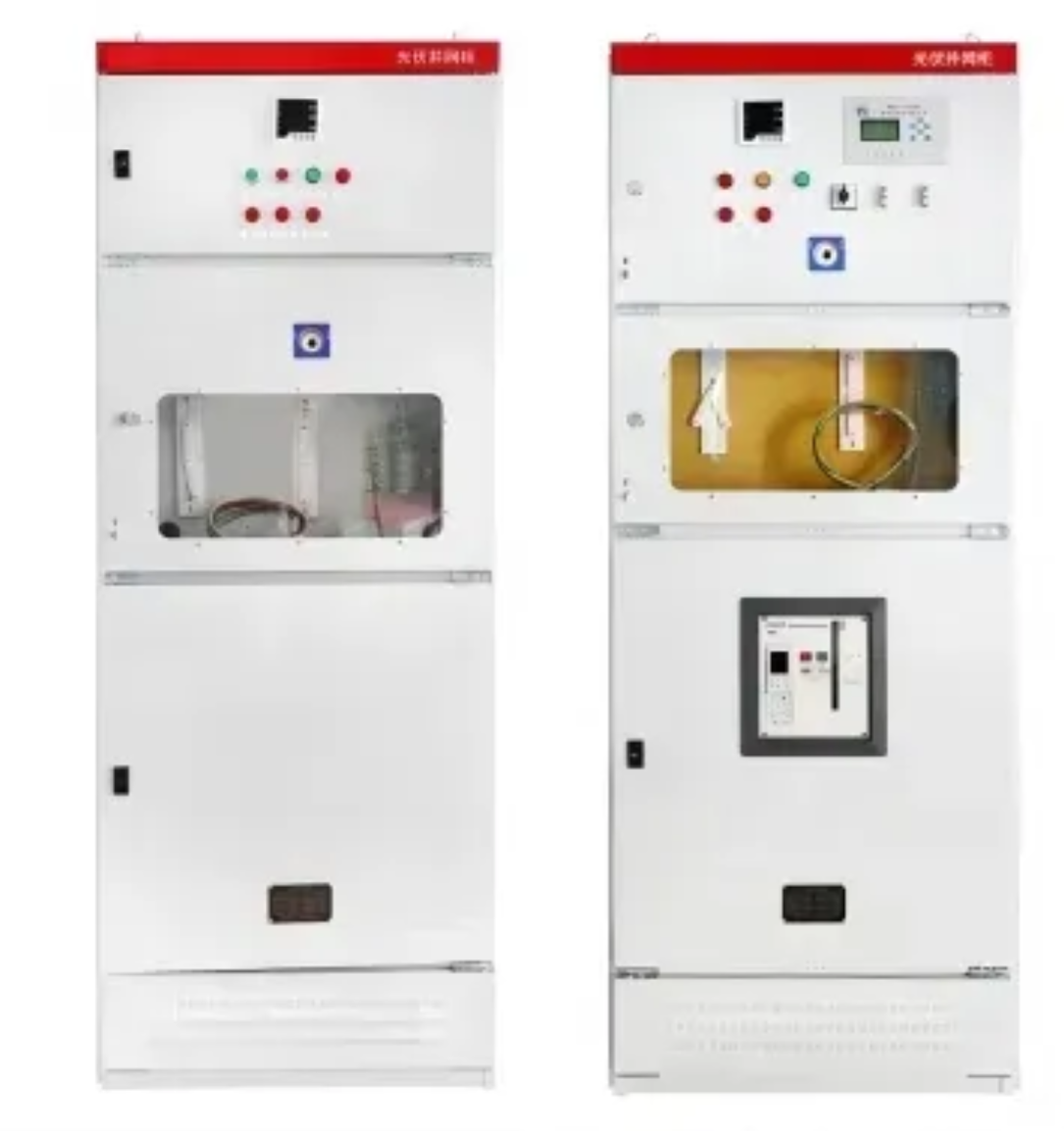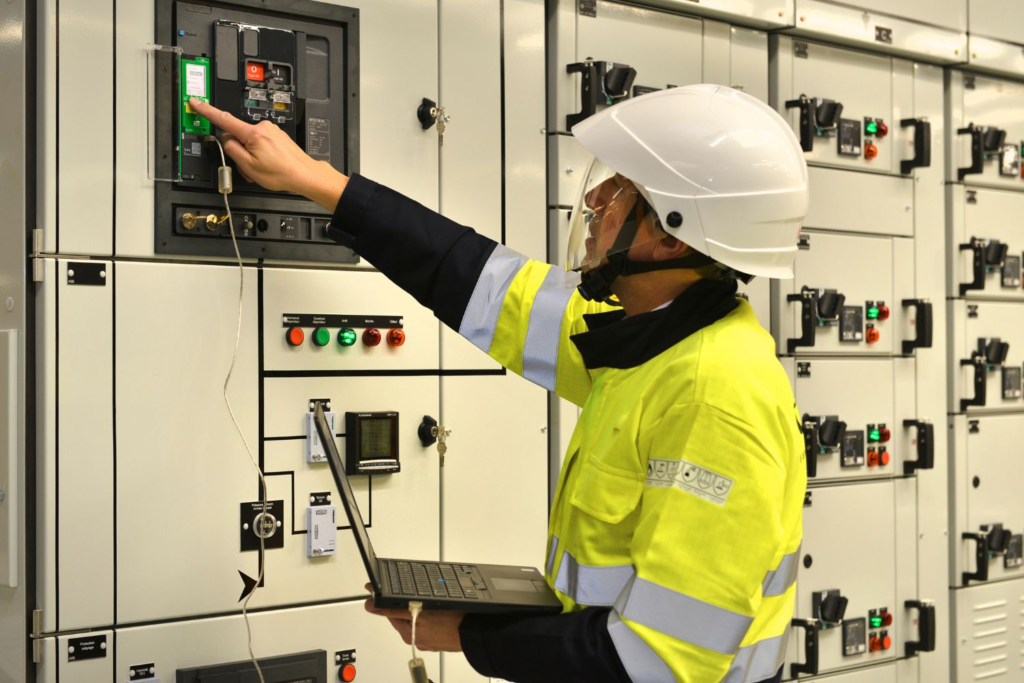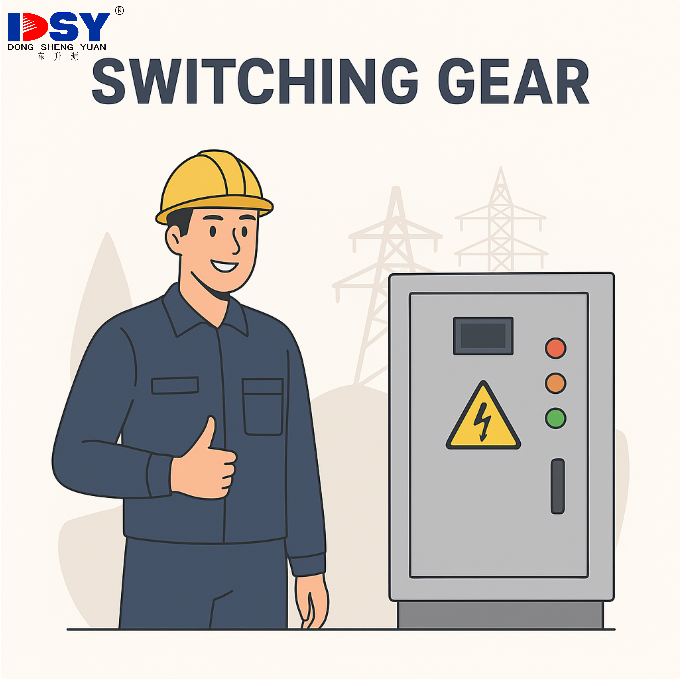Photovoltaic Grid Connected Cabinets:
The Key to Seamless Solar Integration and Sustainable Energy Solutions
1 . Introduction:
In a 5MW solar farm project in Southeast Asia, failure to select the right grid cabinet caused repeated inverter shutdowns due to unstable voltage synchronization with the grid.
After switching to a certified grid-connected cabinet with real-time monitoring, the system passed utility inspection and stabilized output within one week.

2. What is a Photovoltaic Grid Connected Cabinet?
2.1 Definition and Overview
A European food-processing factory upgraded its rooftop solar system from a basic inverter setup to a full photovoltaic grid-connected cabinet.
With surge protection and smart monitoring integrated, it reduced power interruptions by 90% during lightning storms, keeping production lines operational.
2.2 Key Components of a Photovoltaic Grid Connected Cabinet
· Solar Inverter: Converts direct current (DC) from solar panels into alternating current (AC) to be used by the electrical grid.
· Protection Devices: Such as circuit breakers and surge protectors to safeguard the system from electrical faults.
· Monitoring Systems: Allows for real-time tracking of energy generation, consumption, and system health.
3. How Does a Photovoltaic Grid Connected Cabinet Work?
3.1 The Integration Process with the Electrical Grid
Photovoltaic systems generate electricity from solar panels, which is then converted by the inverter to match grid standards. The energy is fed into the grid, allowing for energy exchange or consumption.
3.2 The Role of the Inverter in Grid Connection
The inverter ensures that the energy produced by the solar system is compatible with grid standards, such as voltage and frequency. It also ensures synchronization, allowing the system to operate safely.
3.3 Benefits of Using a Photovoltaic Grid Connected Cabinet , Cost Savings and Energy Efficiency
A Middle Eastern textile factory installed photovoltaic grid-connected cabinets to offset daytime power usage. Within the first year, the site reduced grid electricity costs by 35%, recovered 20% of its initial investment, and secured a stable renewable energy supply during peak production seasons.
4 . Environmental Impact
Solar energy is a clean, renewable source of power that reduces reliance on fossil fuels, lowering greenhouse gas emissions and contributing to a more sustainable future.
5 . Energy Independence and Security
By integrating solar power into the grid, users gain greater control over their energy consumption and reduce their dependence on external energy sources, improving overall energy security.
6 . Common Applications of Photovoltaic Grid Connected Cabinets
6.1 Residential Use
Photovoltaic grid-connected cabinets are ideal for homeowners looking to reduce electricity costs while minimizing their environmental footprint. They can power everything from lights and appliances to larger household systems.

6.2 Commercial and Industrial Applications
Residential: A 5kW rooftop system in Australia used a standard cabinet with 98% inverter efficiency, covering household lighting, appliances, and EV charging.
Commercial: A logistics center in Germany deployed a 50kW grid cabinet to power warehouse lighting and conveyors, cutting monthly power bills by 40%.
Industrial: A 300kW factory solar plant in Vietnam installed industrial-grade grid-connected cabinets with dustproof enclosures, ensuring stable performance in a high-temperature, dusty environment.
6.3 Considerations When Choosing a Photovoltaic Grid Connected Cabinet Size and Capacity of the System
It is important to consider the energy needs of the household or business before choosing the size of the photovoltaic system. The cabinet must be sized appropriately to handle the energy output of the solar panels.
6.4 Compliance with Local Regulations
Local regulations and standards must be met to ensure the safe operation of grid-connected solar systems. This includes approval from utility providers for interconnection.
6.5 Costs and Return on Investment
The initial investment for a photovoltaic grid-connected system can be significant, but it is important to consider the long-term savings on energy bills, as well as government incentives for renewable energy adoption.
6.6 Comparison of Photovoltaic Grid Connected Systems
|
System Type |
Typical Size (kW) |
Inverter Efficiency (%) |
Application |
Cost Range (USD) |
|
Residential |
3-5 |
95-98 |
Small to medium homes |
$5,000 – $10,000 |
|
Commercial |
10-50 |
98-99 |
Medium to large businesses |
$15,000 – $200,000 |
|
Industrial |
100+ |
98-99 |
Large industrial plants |
$200,000+ |
|
Micro-Grid Systems |
1-3 |
97-98 |
Remote locations |
$3,000 – $7,000 |
7 .Conclusion
The Photovoltaic Grid Connected Cabinet plays an essential role in modern solar energy systems. By ensuring seamless integration with the electrical grid, it helps maximize the potential of solar power while promoting energy efficiency and sustainability. Whether you’re a homeowner or business owner, understanding how these systems work and their benefits can guide you in making smarter energy decisions.
A photovoltaic grid-connected cabinet helps your solar system connect safely to the grid, stabilize energy output, and reduce power costs.
Whether for residential, commercial, or industrial use, the right cabinet ensures your solar investment delivers long-term value.
Contact us now for technical advice and a fast quote.





